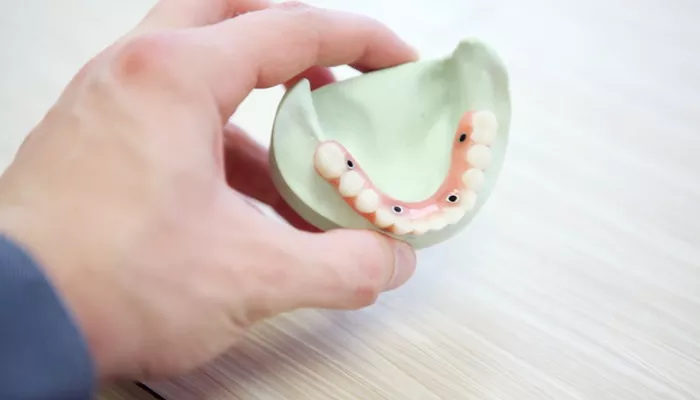The removal of wisdom teeth, also known as third molars, is a common dental procedure that many individuals undergo during their late teens or early twenties. This procedure is often recommended to prevent future dental issues such as crowding, infections, and cysts. However, once the wisdom teeth are removed, the question arises: is bone grafting necessary after wisdom teeth removal? This article will delve into the intricacies of bone grafting, its necessity, benefits, and potential complications to provide a comprehensive understanding of whether this procedure is essential after wisdom teeth extraction.
What Are Wisdom Teeth?
Wisdom teeth are the last set of molars that typically emerge between the ages of 17 and 25. These teeth can sometimes cause problems due to their late eruption and the limited space available in the mouth. Common issues associated with wisdom teeth include impaction, where the teeth do not fully emerge or are misaligned, leading to pain, swelling, and potential damage to adjacent teeth.
Why Are Wisdom Teeth Removed?
Dentists often recommend the removal of wisdom teeth for several reasons:
Impaction: Impacted wisdom teeth can cause pain, swelling, and infection.
Crowding: Wisdom teeth can lead to overcrowding, pushing other teeth out of alignment.
Decay and Gum Disease: Due to their position at the back of the mouth, wisdom teeth are harder to clean, making them more susceptible to cavities and gum disease.
Cysts and Tumors: In rare cases, wisdom teeth can lead to cysts or tumors, causing damage to the jawbone and surrounding tissues.
What Is Bone Grafting?
Definition and Purpose
Bone grafting is a surgical procedure that involves the transplantation of bone tissue to repair or rebuild bones that have been damaged or lost due to trauma, disease, or tooth extraction. The primary purpose of bone grafting in dentistry is to provide a stable foundation for dental implants or to preserve the bone structure after tooth extraction.
Types of Bone Grafts
There are several types of bone grafts used in dental procedures:
Autografts: Bone taken from the patient’s own body, usually from the chin, hip, or another area of the jaw.
Allografts: Bone sourced from a donor or cadaver, processed and sterilized to ensure safety.
Xenografts: Bone derived from animals, typically cows, and treated for human use.
Alloplasts: Synthetic materials used to mimic the properties of natural bone.
Procedure And Recovery
The bone grafting procedure involves the following steps:
Preparation: The area is cleaned and anesthetized.
Incision: An incision is made in the gum to expose the bone.
Graft Placement: The bone graft material is placed in the area needing augmentation.
Closure: The gum tissue is sutured over the graft to protect it during healing.
Recovery from bone grafting can take several months, during which the graft integrates with the existing bone, providing a strong foundation for future dental work.
The Role of Bone Grafting After Wisdom Teeth Removal
When Is Bone Grafting Considered Necessary?
Bone grafting after wisdom teeth removal is not a routine procedure and is generally considered in specific cases:
Extensive Bone Loss: If the wisdom teeth were impacted or had caused significant damage to the jawbone, bone grafting might be necessary to restore the bone structure.
Future Dental Implants: If a patient plans to get dental implants in the area of the extracted wisdom teeth, bone grafting may be required to ensure there is enough bone to support the implants.
Preservation of Bone Density: In some cases, bone grafting is done to preserve the bone density and prevent the jawbone from shrinking over time.
Benefits of Bone Grafting After Wisdom Teeth Removal
There are several benefits to undergoing bone grafting after wisdom teeth extraction:
Prevents Bone Resorption: Tooth extraction can lead to bone resorption, where the bone diminishes over time. Bone grafting helps maintain the bone structure and density.
Supports Dental Implants: If dental implants are planned, bone grafting provides the necessary support and stability for the implants.
Improves Oral Health: A stable jawbone supports overall oral health, preventing issues related to bone loss and maintaining facial structure.
Potential Risks And Complications of Bone Grafting
Common Risks
Like any surgical procedure, bone grafting carries certain risks, including:
Infection: There is a risk of infection at the graft site.
Rejection: The body may reject the graft material, especially in the case of allografts or xenografts.
Pain and Swelling: Post-surgical pain and swelling are common but usually manageable with medication.
Long-Term Complications
Graft Failure: In some cases, the graft may not integrate properly with the existing bone, leading to graft failure.
Nerve Damage: There is arisk of nerve damage, especially in the lower jaw, which can cause numbness or tingling.
Conclusion
Bone grafting after wisdom teeth removal is not a routine necessity but is considered in specific circumstances where there is significant bone loss, plans for dental implants, or a need to preserve bone density. The decision to undergo bone grafting should be made in consultation with a qualified dental professional, taking into account the patient’s oral health, future dental plans, and potential risks and benefits. By understanding the role of bone grafting and its implications, patients can make informed decisions about their dental care and ensure optimal outcomes for their oral health.

